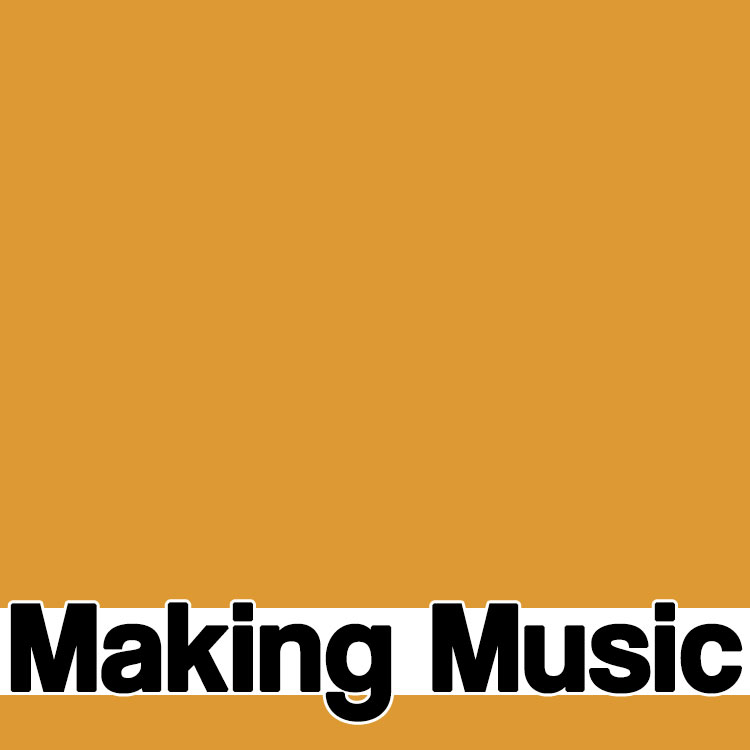Contents
Time signatures are used to describe the beat and pulse of the music. We make sense of the figures and see how the numbers add up…

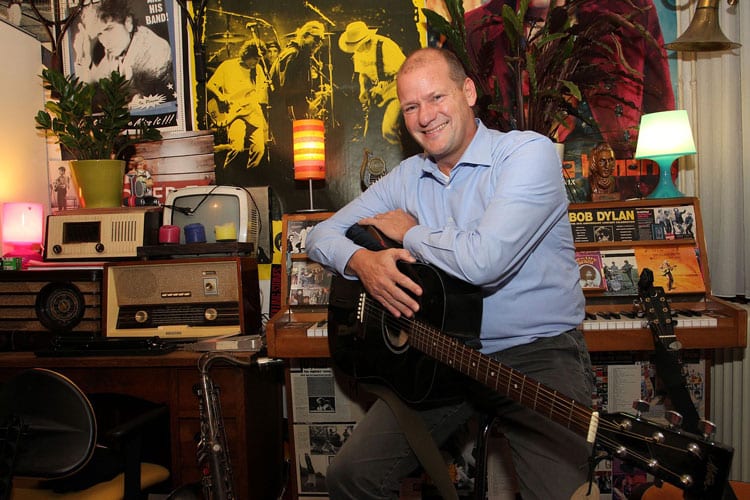
Time signatures are not as difficult to understand as you may think. You don’t have to be able to read and write notation in order to make music – but it will help. Sir Paul McCartney apparently says he doesn’t read music although it’s difficult to believe that he could write so many songs over so many years without picking up a few basics.
The two main components of music are pitch and rhythm. Time signatures tell the musician what the rhythm and pulse of the music is. You can probably enjoy a lucrative career as a rock star without knowing anything other than 4/4 time but we’ll assume you want to be a little more adventurous than that.
On the beat
Most music has a regular beat or pulse which we can generally hear because certain notes are accented or emphasised more than others. If a musician was presented with a string of notes like this:


It would not be at all clear how to play it. If the notes were accented as in one of these examples:




Then you would play the first example with a three-beat and the second with a four-beat. Instead of accenting notes in this way throughout an entire piece, we place a bar line in front of the most heavily-accented notes. Time signatures are added to give us more exact information about the beats.


![]()
![]()
The numbers racket
Time Signatures consist of two numbers, one above the other. However, they are not fractions and to think of them as such will be confusing. The top number tells us the number of beats in a bar while the lower number tells us the type or value of the beat. There are four beat values in common use:

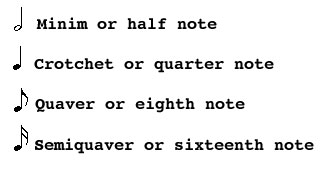
The American preference for naming notes as a fraction of a whole note or semibreve is more intuitive than the English nomenclature and many modern musicians tend to use that now.
The upper number, the number of beats in a bar, can technically be any value from 1 upwards (depending on how avant-garde and controversial the composer wants to be) but it’s unusual to find values above 12. There are two types of time signatures called simple and compound.
Simple time signatures
Simple time signatures have 2, 3 and 4 as their upper number and academics refer to them as duple, triple and quadruple time. Here are the most common examples:

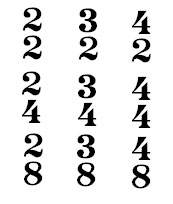
![]()
![]()
2/2 is sometimes written as 

To avoid possible confusion, the modern preference is to write these time signatures out in full.
Tech terms
The big O
The C alternative for 4/4 time is not a capital letter for ‘Common’. In old music the letter O was used for 3-time as it was believed to represent the trinity and the circle was held to be the symbol of perfection. Music in 2- or 4-time was represented by a broken C representing an imperfect or incomplete circle.
Probably 90 per cent of western music is written in 4/4 time – and 99.9 per cent of rock and pop! 3/4 is waltz time, much popularized by Johann Strauss who wrote the most famous waltz of all time – the Blue Danube – which gained the second round of fame in the film, 2001: A Space Odyssey.
Telling the time
The time signature tells us where the pulse or accent falls within a bar. The accents are identical for all time signatures with the same upper figure.










Compound time signatures
In compound time, the upper number is always a multiple of three so the basic beat is, therefore, a dotted note:

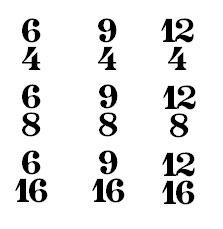
A time signature with a 6 on top has a two-feel, one with a 9 on the top has a three-feel and one with 12 on the top has a four-feel. This is made easier to see by the way the notes in a bar are beamed together.
Let’s compare 3/4 and 6/8 time. Both contain the equivalent of six eighth notes but they are grouped and accented differently:


6/8 is very common for Irish jigs and marches including Sousa’s Liberty Bell March otherwise known as the Monty Python Theme. This piece seems quite fast because of the pulsating melody line but the underlying three-beat isn’t fast at all.
Good timing
When you start to analyse time signatures in this way, it can seem rather mechanical and decidedly unmusical but most musicians soon pick up the feel of a time signature once they’re played it or heard it a few times.
There’s more good news – even though we’ve listed all the popular time signatures, some are far more popular than others and in practice you’re most likely to come across just a handful: 4/4 3/4 6/8 12/8 and 2/2.
The times they are a-changing
Some pieces of music change time signatures at various places throughout the piece. This is not a new idea although we see more of it in music coming from 1900s ‘classical’ composers than in early classical music.
In popular music, it probably hit its peak during the progressive rock phenomena of the mid-1960s to mid-1970s when bands such as Rush experimented with time signature changes and odd time signatures. The rule at the time was ‘if it has a beat but you can’t dance to it, it’s progressive rock’. Even The Beatles indulged in mixing time signatures with songs like All You Need is Love.
The two most popular and well-known pieces with changing time signatures are undoubtedly Leonard Bernstein’s America from West Side Story, and Ron Goodwin’s theme from 633 Squadron. They both use alternating bars of 6/8 and 3/4 to create the well-known, pulsating rhythm. And even though this is a combination of two-time signatures, it’s a very easy and natural rhythm to sing. Here are the first couple of bars of America:




When a time change occurs at the beginning of a new line (or stave as they say in music land), it is also written at the end of the previous stave. You can see just such an example in the Brassed Off example.
Odd couples
Many composers write music in what we call odd time signatures, the most common of which are 5/4 and 7/4. A handful of pop hits have taken up the challenge including Peter Gabriel’s Solsbury Hill in 7/4 and Jethro Tull’s Living in the Past in 5/4.

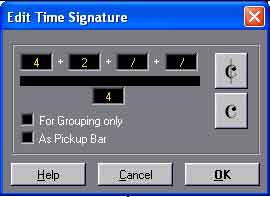
The first piece of music to popularise the 5/4 time signature was Dave Brubeck’s Take Five back in 1959 but even before that, Mars from Gustav Holst’s Planets Suite brought 5/4 time to widespread public attention.
These time signatures are not as difficult to read as they may appear as they can be broken down into simple time signatures. Take Five and Living in the Past, for example, combine 3/4 + 2/4. Here’s the first few bars of Take Five:




Even though most music is written in 4/4, becoming comfortable and proficient in other time signatures will increase your versatility and give you ideas for creating different rhythms. When composing music, other time signatures can make a piece more interesting, exciting and give it an edge.
Time signatures – more info…
Any good book on notation or the rudiments of music will carry copious information about time signatures. Type ‘rudiments of music’ into Amazon for a long list.
Amazon has so many great books focused on the rudiments of music we didn’t want to pick just one.
Click here for music rudiments books on Amazon UK…
Click here for music rudiments books Amazon USA…
If you would like to find out more about time signatures have a look at this handy guide from Study Bass…



